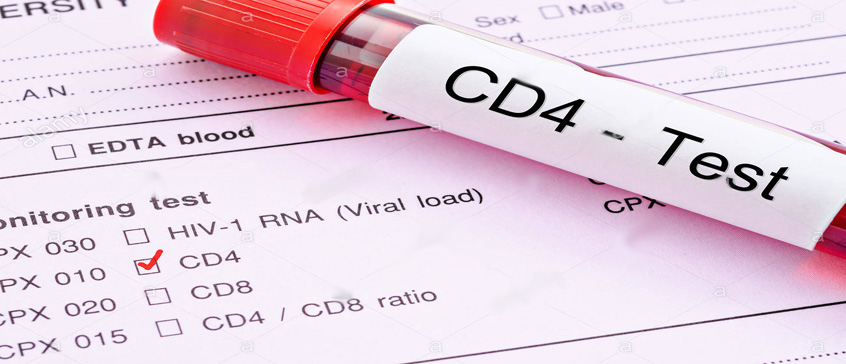
It is important for all individuals living with HIV to have regular blood tests. The two most important blood tests are CD4 and viral load measurements. CD4 cells are the most important cells in the immune system. Our immune system protects us from infections and diseases.
The CD4 count tells you how many CD4 cells you have in one drop of blood. The more these cells, the better. Viral load test is; A drop measures how much HIV is in your blood. It is desirable that this amount be as small as possible.
Evaluation of the CD4 Test:
- When the CD4 count is low, the viral load is usually high. this is not a good situation
- When the CD4 count is high, the viral load is usually low. This is a better situation.
- If your CD4 count drops to 500 or less, you should start treatment.
- Depending on the treatment, it is expected that the CD4 cell count will increase and the viral load will decrease.
CD4 and viral load test results provide the most useful information about the effects of HIV infection on your body. The goal of HIV treatment is to keep the viral load at the lowest level (undetectable) and to increase the CD4 count.
T-cells play an important role in the immune system and are a subgroup of white blood cells. There are two major types of T-cells.
CD4 cells:
These cells have a molecule called CD4 on their surface. CD4 cells, called T helper cells, initiate the body’s response to infections.
CD8 cells:
On the surface of such T-cells is a molecule called CD8. CD8 cells, also called killer cells, mediate the fight against cancer and viruses. CD8 cells also form antibodies to fight foreign invaders.
HIV needs host cells to reproduce. CD4 cells are the cells that HIV uses in our body to replicate itself. HIV attaches to the CD4 cell, enters it, infects the cell and damages it. HIV multiplying inside the CD4 cell leaves this CD4 cell and searches for a new CD4 cell.
The CD4 count is calculated by testing a blood sample from the person. Although it varies in non-HIV-infected individuals, it is generally between 600 and 1,200 in 1 cubic millimeter of blood.
In HIV-infected people, the CD4 count begins to drop slowly, with a CD4 count below 200 means that the body becomes highly susceptible to opportunistic infections. In this case, prophylactic (preventive) antibiotic therapy is also applied. Prophylactic antibiotic therapy is discontinued when the CD4 count rises above 200 with treatment.
Treatment is recommended when the CD4 count is in the 350-500 range. In some cases, treatment is recommended even if the CD4 count is above 500. The CD4 test is usually done every 3 months. The CD4 test is necessary to determine the time of initiation if treatment has not yet been started, or to determine whether treatment is effective if HIV treatment has been started.